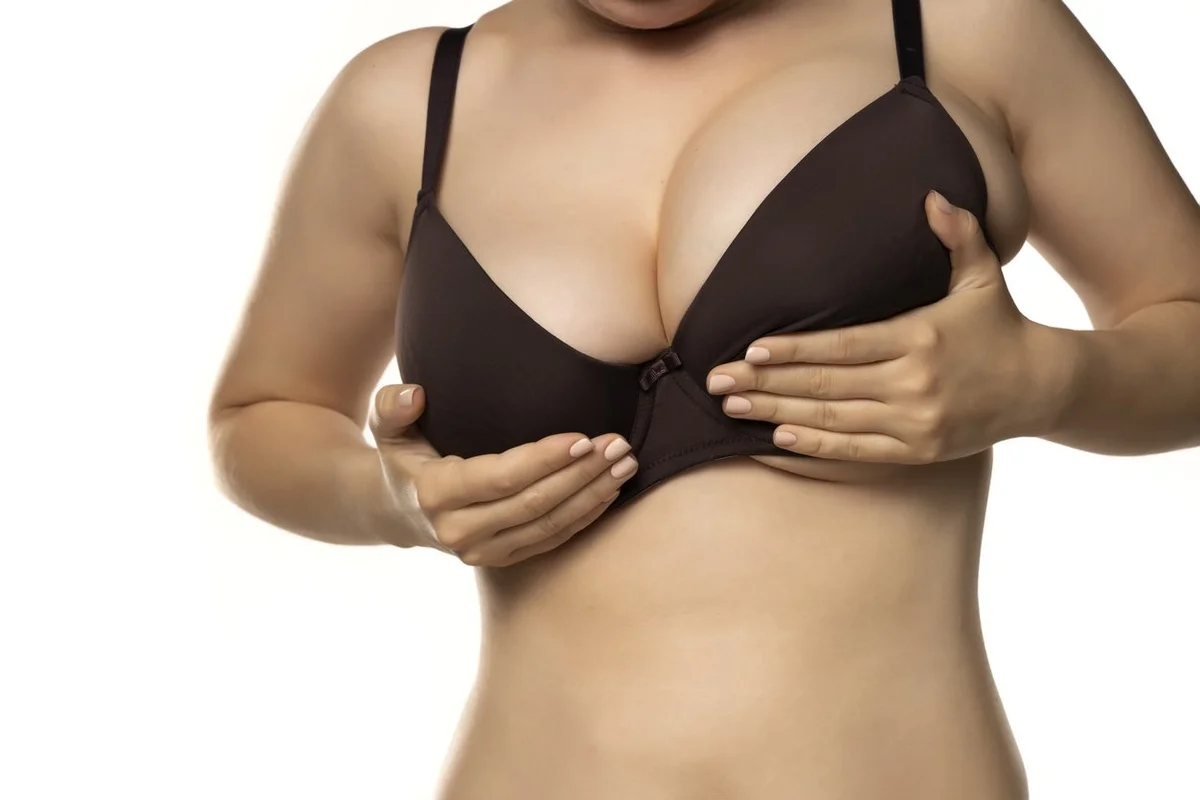
It is a common physiological reality that absolute symmetry is rare in the human body, and the breasts are no exception. Minor discrepancies in size, shape, position, or volume are typical and often go unnoticed. However, when the difference is significant enough to cause aesthetic dissatisfaction, clothing challenges, or psychological distress, it moves beyond the realm of normalcy into a condition requiring specialized consideration and potential correction. Breast asymmetry—a broad term encompassing a range of morphological differences, from tuberous breast deformities to post-surgical changes—is less about fixing a flaw and more about achieving a nuanced, balanced contour that harmonizes with the individual’s overall physique. Correcting this imbalance is one of the most technically challenging procedures in aesthetic surgery, demanding a sophisticated understanding of multiple surgical tools—including implants, tissue rearrangement, and fat grafting—to treat two fundamentally different sides of the chest wall as a cohesive unit. The objective is to produce a result that appears natural, not engineered, requiring personalized planning that acknowledges the unique characteristics of each breast.
Addressing a Range of Morphological Differences
Breast asymmetry—a broad term encompassing a range of morphological differences, from tuberous breast deformities to post-surgical changes—is less about fixing a flaw and more about achieving a nuanced, balanced contour that harmonizes with the individual’s overall physique.
The origins of breast asymmetry are diverse, influencing the complexity of the required surgical correction. In some cases, the asymmetry is simply a difference in volume (size), where one breast developed marginally larger than the other. More complex conditions include tuberous breast deformity, where the breast base is constricted, causing the breast tissue to herniate through the narrow areolar opening, often resulting in a conical shape, a high inframammary fold, and significant asymmetry between the two sides. Post-surgical asymmetries can arise following lumpectomy for cancer, implant complications, or previous, unsuccessful cosmetic procedures. Furthermore, differences can be observed in the nipple-areola complex (NAC) position, the height of the inframammary fold (IMF), and the degree of ptosis (sagging). A successful intervention must first accurately diagnose the specific type and components of the asymmetry before any technique is selected, as treating only the volume discrepancy will fail if the underlying issue is related to inframammary fold height or areola size.
The Role of Implants: Differential Volume Correction
Implants offer a definitive way to address significant volume discrepancies between the breasts.
For asymmetries where the primary component is a difference in volume or size, breast implants remain a highly effective tool. However, the technique employed here is markedly different from a standard augmentation. Instead of using two identical implants, the surgeon utilizes differential volume correction, meaning two distinct implants are chosen to balance the pre-existing difference. For example, a 300cc implant might be placed in the smaller breast, while a 200cc implant is placed in the larger breast (assuming a 100cc pre-existing difference). Beyond volume, the choice of implant shape, profile, and base width must also be customized for each side to account for variances in the patient’s native breast tissue and chest wall anatomy. This is critical because simply matching the volume difference with two different-sized implants will fail if the existing breast tissues have different levels of projection or base width, requiring the surgeon to select two unique devices that, when combined with the native tissue, result in an aesthetically unified, balanced contour.
Mastopexy (Lift) Techniques: Correcting Position and Shape
The difference can be observed in the nipple-areola complex (NAC) position, the height of the inframammary fold (IMF), and the degree of ptosis (sagging).
Volume correction alone is rarely sufficient, as significant breast asymmetry often involves discrepancies in shape and position. This necessitates the use of mastopexy (breast lift) techniques. If one breast exhibits greater ptosis (sagging) than the other, a lift procedure must be performed on the ptotic side to raise the nipple-areola complex (NAC) and reposition the breast mound to match the height and projection of the contralateral, less-sagging breast. The degree of lift and the resulting scar pattern (periareolar, vertical, or inverted-T) must be tailored to the degree of redundancy and the desired shape change for that specific side. Furthermore, if the inframammary fold (IMF) is too high on one side (a component of tuberous deformity), a lift and fold lowering technique is required there, while the other side may only require a subtle adjustment. The complexity lies in treating the differing ptosis grades with asymmetric scar planning to achieve a symmetric final look.
Fat Grafting (Lipofilling): Contouring and Subtlety
Fat grafting offers a highly nuanced, minimally invasive method to address minor volume deficits, correct contour irregularities, and improve the quality of the overlying skin.
For more subtle corrections or for refining the final contour, autologous fat grafting (lipofilling) has emerged as an invaluable technique in the armamentarium of breast asymmetry correction. Fat grafting offers a highly nuanced, minimally invasive method to address minor volume deficits, correct contour irregularities (such as small divots or depressions), and improve the quality of the overlying skin. The fat is harvested from the patient’s own body (typically the abdomen or thighs) via liposuction, processed, and then carefully injected into specific areas of the breast. This is particularly useful for filling the superior pole (upper breast area) or augmenting the cleavage region to correct a difference in projection. Its greatest advantage is the ability to achieve natural blending and an incredibly soft texture, which is difficult to achieve with implants alone. However, fat grafting is limited by the volume that can be safely transferred in a single session and the unpredictable rate of fat cell survival.
Combined Procedures: Synthesizing Multiple Techniques
The most complex cases of asymmetry often necessitate a staged or single-session approach that strategically combines implants, mastopexy, and fat grafting.
Recognizing that breast asymmetry is a multi-component problem, the most complex cases often necessitate a staged or single-session approach that strategically combines implants, mastopexy, and fat grafting. For a patient with a tuberous deformity on one side and moderate hypoplasia (underdevelopment) on the other, the corrective plan might involve a single-stage procedure with an implant and a complex periareolar mastopexy/release on the tuberous side, and a simple implant augmentation on the hypoplastic side, with subsequent fat grafting to both sides for final contour refinement. This hybrid approach allows the surgeon to address volume, shape, NAC position, and tissue quality simultaneously, demanding meticulous preoperative planning that forecasts how the tissues will interact and settle after each combined maneuver. The art of the correction lies in predicting the final, balanced result despite the significant initial differences.
Managing the Inframammary Fold Discrepancy
The precise placement and manipulation of the inframammary fold (IMF) are crucial, as differences in the IMF height can visually exaggerate even minor volume variations.
The inframammary fold (IMF)—the crease beneath the breast—serves as the anchor and defining lower boundary of the breast mound. The precise placement and manipulation of the IMF are crucial, as differences in the IMF height can visually exaggerate even minor volume variations. In asymmetry correction, if one breast has an IMF that is naturally higher or lower than the other, the surgeon must either lower the fold (by releasing the tissue attachment and closing it lower) or raise the fold (by plicating or suturing the tissue higher) on one side to achieve symmetry. In cases of tuberous breast, the IMF is often abnormally high and must be surgically released and lowered to allow the breast tissue to descend and fill the lower pole correctly. Correcting this foundational landmark is often the key to making the entire breast mound appear symmetric in its resting position.
Areola and Nipple-Areola Complex (NAC) Correction
Correction of the Nipple-Areola Complex (NAC) size, projection, or position is a necessary, detailed component of balancing the overall breast aesthetic.
Beyond the main breast mound, the Nipple-Areola Complex (NAC) often contributes to the asymmetric appearance. Differences in areola diameter, shape, or projection need to be addressed to ensure a fully symmetric result. If the areola is significantly larger on one side (common in tuberous breasts), a reduction procedure, performed concurrently with the mastopexy, is necessary. More commonly, the position of the NAC is unequal due to differing ptosis levels. Correction of the Nipple-Areola Complex (NAC) size, projection, or position is a necessary, detailed component of balancing the overall breast aesthetic. The surgeon meticulously remeasures and adjusts the position of the NAC on the less desirable side to match the vertical and horizontal location of the contralateral side, often using a keyhole or coin template to ensure precise alignment and final symmetry following the lift and contouring of the main tissue.
The Importance of Preoperative Sizing and Imaging
Advanced imaging techniques, including 3D scanning and computer modeling, are increasingly vital in the preoperative planning phase.
Given the complexity of tailoring two different procedures for two different sides, meticulous preoperative planning is non-negotiable. Advanced imaging techniques, including 3D scanning and computer modeling, are increasingly vital in the preoperative planning phase. These tools allow the surgeon to precisely quantify the volume difference (in milliliters), measure the exact coordinates of the NAC, and determine the difference in IMF height. The 3D simulation provides a visual representation of how different implant sizes, in combination with various lift techniques, will likely impact the final contour. This data-driven approach moves the procedure beyond simple estimation, allowing the surgeon to enter the operating room with a highly specific, personalized strategy that minimizes intraoperative guesswork and provides the greatest predictability in achieving the desired post-operative symmetry.
Post-Operative Management: Addressing Persistent Swelling
Persistent swelling, particularly if more pronounced in one breast, can temporarily distort the contours and lead to patient anxiety regarding the final outcome.
The post-operative period for breast asymmetry correction requires attentive management, as uneven swelling can temporarily create a false sense of failure. Persistent swelling, particularly if more pronounced in one breast (usually the side that received the more extensive lift or manipulation), can temporarily distort the contours and lead to patient anxiety regarding the final outcome. Patients must be reassured that swelling resolution is often asymmetric and that the final, settled results will take several months to fully manifest. Post-operative care involves the precise use of compression garments to manage edema, and careful monitoring for complications like seroma or hematoma, which can also contribute to unevenness. The recovery process is a period of adjustment for the tissues, and patience from both the patient and the surgeon is crucial to allow the complex tissue rearrangements to fully settle.
Long-Term Stability: Achieving Lasting Balance
Maintaining a stable body weight and adhering to the long-term follow-up schedule are crucial factors in preserving the surgically achieved symmetry.
Achieving symmetry is only half the battle; maintaining it long-term presents its own set of challenges. Because the two breasts, even after correction, may retain differing compositions of native tissue, they can potentially age or respond to weight fluctuations and gravity at different rates. Maintaining a stable body weight and adhering to the long-term follow-up schedule are crucial factors in preserving the surgically achieved symmetry. Significant weight gain or loss can affect the fat composition within the breast tissue, potentially altering the contour achieved by the fat grafting or disproportionately stressing the lift on one side. The goal of the procedure is to correct the initial deformity, providing the foundation for lasting balance, but the patient’s commitment to a consistent lifestyle is an indispensable co-factor in ensuring the stability of the long-term aesthetic outcome.
